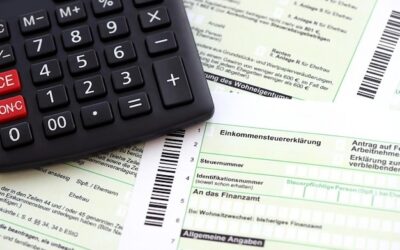Would you talk with someone in our company regarding any issues? Just drop us a line!
Address in Germany
According to rules, the address in Germany of the recipient and sender of the letter has a specific structure. Let’s list the main points:
- Order of writing addressing: The recipient’s first and last name or organization name is signed first, followed by the street and house number, zip code, city, state/region, and country.
- First and last name: first – first name, then – last name. Before the name, addresses are possible (Herr – for men, Frau – for women).
- Street and house number: First, write the street name, then put the sign “Nummer” (or “Hausnummer”—translated “house number”), and indicate the house number. If the house has several numbers, you need to write them with a dash.
- The index consists of five digits and is usually written in the envelope’s upper right corner.
- City (Ort): The name of a city, village, or other populated area is written with a capital letter. In some cases, a district or county may be required.
The destination country is indicated at the very bottom of the address. Countries with an article like Die Schweiz are written without an article!























































